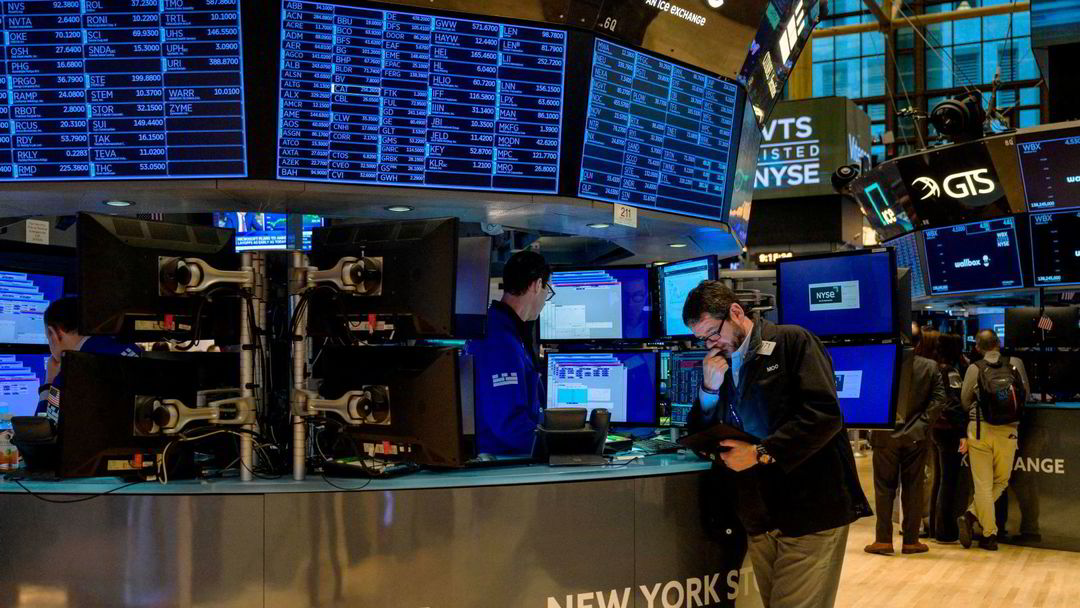The case is updated.
On the last trading day of the week, the arrows are pointing for the banking sector on Wall Street. The benchmark indices on Wall Street look like this at 3.05pm:
- The Dow Jones falls 1.1 percent.
- The S&P 500 falls 0.8 percent.
- Nasdaq falls 0.4 percent.
The turmoil in the banking sector looks set to continue on the stock exchanges on Friday. The crisis-stricken bank Credit Suisse falls 9.5 percent from the start after major fluctuations in recent days, and the American bank First Republic Bank falls 17.7 percent.
The major banks Bank of America, JP Morgan and Citigroup fell by 1.9 per cent, 2.3 per cent and 2.6 per cent respectively.
Bankuro
The fear of the collapse of Silicon Valley Bank, which was placed under public administration on Friday last week, quickly spread to several banks. Both American banks Silicon Valley Bank and Signature Bank have closed their doors for good within a week, and First Republic Bank plunged more than 30 percent in early trading yesterday, but recovered during the day. The share ended Thursday with a rise of 10 percent.
The rise is due to several large American banks planning a rescue package that includes over 30 billion dollars in deposits. However, in after-market trading, the share fell by almost 13 per cent, and the fall continued on Friday.
On Thursday, all three key indices ended up by more than one per cent, and the Nasdaq rose a whopping 2.4 per cent after a week of large fluctuations as a result of the banking crisis.
Countdown
Next week, a new interest rate decision from the American central bank (Fed) is expected on Wednesday. Barely two weeks ago, the market priced in a double interest rate hike, but since the banking crisis occurred, the market has broken expectations.
Much has changed since central bank governor Jerome Powell spoke to the Senate Banking Committee on March 7, which triggered a small interest rate shock in the market. Powell confirmed that there will probably be a need for stronger interest rate increases than the central bank signaled in December.
He justified this by the fact that in the meantime a number of strong key figures have come in, including higher than expected inflation as well as strong job growth and falling unemployment in January.
– The latest economic data has been stronger than expected, which suggests that the interest rate peak will probably be higher than previously expected, said Powell.
The shock waves that have gone through the world’s financial markets have led to enormous uncertainty about the way forward. At the time of writing, the market sees a 70 per cent probability of an interest rate increase of 0.25 percentage points.(Terms)Copyright Dagens Næringsliv AS and/or our suppliers. We would like you to share our cases using links, which lead directly to our pages. Copying or other forms of use of all or part of the content may only take place with written permission or as permitted by law. For further terms see here.
